What is Social Distancing?
In the wake of the coronavirus reaching pandemic proportions, the Centers for Disease Control and Prevention (CDC, 2020), World Health Organization (WHO, 2020), and other public health officials have now recommended that social distancing practices be implemented in order to limit the spread of coronavirus. In the United States, this is becoming more and more the norm.
Coronavirus, or COVID-19 (also known as SARS-CoV-2), was first identified in Wuhan, China in December of 2019 and has since spread to 161 countries and territories throughout the world. On March 11, 2020, the World Health Organization director declared COVID-19 a pandemic.
On Monday, March 16th, the White House coronavirus task force announced new guidelines urging Americans to help prevent the spread of the virus. The latest guidelines also include avoiding social gatherings of 10 or more people. These guidelines align with those set forth by the CDC and WHO. Social distancing is believed to have the greatest impact on the model.
Social distancing refers to a set of actions taken to stop or slow the spread of a contagious infectious disease. The objective is to reduce the likelihood of spreading infectious diseases via close contact between persons carrying the disease to others who are not infected and to minimize its transmission.
Social Distancing Effectiveness
Social distancing is most effective when a disease can be transmitted via droplet contact such as coughing or sneezing.
For now, the new CDC social distancing guidelines include:
- Practice good hygiene
o Wash your hands often
o Avoid touching your face with unwashed hands
o Cough or sneeze into a tissue and throw it away
o Disinfect frequently
- If you feel sick, stay home. Contact your medical provider (most are asking you Do NOT go to a doctor’s office or urgent care unless instructed. Instead, call ahead first.
- If your children are sick, do the same. Keep them at home and contact your doctor for instructions.
- If someone in your household has tested positive for the virus, keep the entire household at home. Do not go to work or outside the home.
- If you are an older person, stay home and away from other people.
- If you are someone with a compromised immune system, a serious underlying health condition such as cardiovascular disease or lung function that weakens your immunity, stay home and away from other people.
- Work from home whenever possible.
- Avoid social gatherings.
- Avoid discretionary travel.
- Driving through instead of eating in a restaurant. When you get home, public health officials recommend you take the food out of the containers, throw them away, and wash your hands thoroughly before eating.
- Stay away from nursing homes. Visit the elderly via Facetime or other video chat options instead.
- Some pediatricians are urging parents to avoid playdates for now.
Social Distancing During a Pandemic
During a pandemic, public health departments often employ more stringent measures that might include:
- Closing public and private K-12 schools, childcare centers, community centers, malls, theaters, and suspending services at houses of worship.
- Colleges suspending classes, going to a web-based learning format, and canceling all large campus meetings and gatherings.
- Public and private libraries modifying operations by restricting people from gathering, by allowing people to only come in to pick up reserved materials.
- Businesses would change company practices by having employees telecommute, set up flexible shift plans, and cancel large meetings or conferences.
- Events that attract large crowds would be canceled. This includes sports events, concerts, parades, and festivals.
- Mass transit systems may also temporarily be closed or used for essential travel only.
- Travel may be restricted.
The most extreme forms to public health that officials use are isolation and quarantine. Isolation simply separates a sick person from those who are not sick, while quarantine separates a person from others who may not be sick at the moment but could become sick because of exposure to a contagious disease.
States That Have Imposed Social Distancing Guidelines
In the days following the WHO’s March 11 declaration, U.S. state and local governments issued guidelines for limitations on gatherings to attempt to slow the spread of the coronavirus to vulnerable populations in the United States. Employers also put social distancing guidelines into place.
In the days since, a number of states have issued social distancing mandates. In California, six counties became the first to issue shelter-in-place, or stay at home, mandates. Several days later, on March 20, 2020, the entire state was given this order. With the exception of the following “essential businesses,” the order prohibits all travel except for essential travel and travel for essential activities.
Essential businesses include:
- Healthcare operations and essential infrastructure, including mental health
- Grocery stores and similar markets
- Newspapers, television, radio, and other media services
- Gas stations and auto-supply, auto-repair, and related facilities
- Banks and related financial institutions
- Hardware stores
- Businesses providing mailing and shipping services
- Educational institutions for purposes of distance learning
- Restaurants or other facilities preparing and serving food for delivery purposes only
- Suppliers of products needed for people to work from home
- Home-based care and residential facilities for seniors
- Childcare facilities providing services for employees exempted from the Order
The California Department of Public Health has issued guidance on self-isolation of older adults and those with elevated risk as well as more useful advice, including symptoms checklists and other helpful information, for public and personal safety. Other states, such as the state of Nevada, have also released social distancing guidelines that include the following:
Ensure that 6 feet of social distancing per person for non-household members is maintained at all times.
Examples of activities to avoid:
- Group gatherings
- Sleepovers
- Concerts and theater outings
- Playdates
- Athletic events
- Visitors in your house
- Non-essential workers in your house
- Shopping in malls
- Workouts in gyms
What to do if You Feel Sick
If you feel sick, the CDC recommends you do not go to the emergency room or a doctor’s office without first calling your healthcare provider for instructions unless you are experiencing life-threatening symptoms. If you are caring for someone at home who is sick:
- Separate yourself from others in your home (isolation)
- Do not leave your house except to get necessary medical care
- Wear a facemask when you are around other people
- Be extra diligent about hygiene
- Avoid sharing household items (and spaces if at all possible
Remember that America’s hospitals and doctors are already dealing with their usual caseloads during a pretty bad flu season. On top of that, they are now having to be prepared to handle any Covid-19 patients who come in.
According to the CDC, if coronavirus is in or near your community, practicing mitigation measures is essential to prevent the spread of the disease and further community transmission. Practice social distancing by avoiding public places and follow all instructions provided by local health department officials.
States Reporting COVID-19 Cases to the CDC
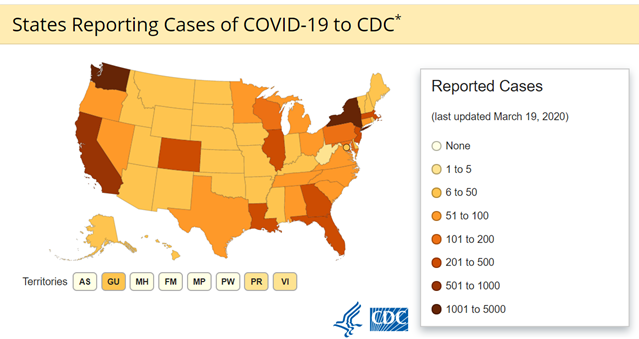
Everyone Should Practice Social Distancing, Good Hygiene, and Common Sense
Even if it is not mandated in your area, using caution is the order of the day. By not spreading the virus, you are protecting everyone around you. Still, there is no need to panic. Remaining calm and observing social distance practices will hopefully help us see this contained more quickly.
The data from China shows that the majority (80%) of those who contract COVID-19 only suffer mild symptoms and then recover. Still, having certain health conditions could put you or your loved ones at risk no matter what age you are. Many young people have assumed that they are immune to this virus, but that simply is not true; anyone can be effected in the current coronavirus pandemic. For that reason, it is important to follow social distancing practices set forth by health care officials until the virus has been fully contained.
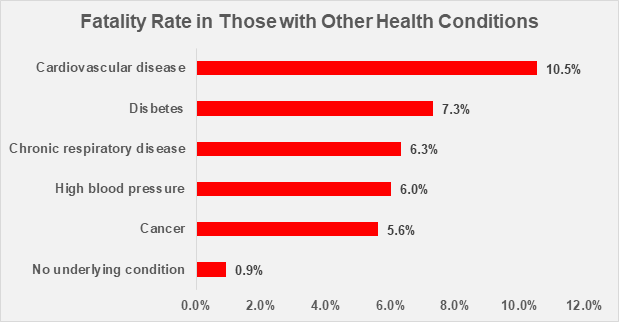
Similarly, the Italian government found that most who died of the virus had two or three preexisting health conditions before being infected with the coronavirus. Among those, high blood pressure was the most common, followed by heart problems and diabetes. Other factors that officials believe contributed to the extremely high mortality rate was the aged population (and many of those who smoked), pollution, and perhaps even the habit of greeting one another with a kiss on both cheeks.
Coronavirus Frequently Asked Questions
How should I prepare for the coronavirus in case I or someone from my household becomes sick?
- Know the signs and symptoms in case you become ill.
- Follow the instructions outlined above and any others provided by your local public health department.
- Protect yourself and family, and take extra precautions around those who are at higher risk.
I am a young person. Is it true a person of any age get this virus?
- While it is true that the majority of fatalities have occurred in those over 85, anyone at any age can become infected with the coronavirus.
- Self-quarantine might be asked of you if you have recently returned from traveling to a place where COVID-19 is spreading rapidly or if you have knowingly been exposed to someone infected with coronavirus.
- It involves staying at home and not having visitors, not having visitors, staying at least 6 feet away from other people, including those in your own household, and not sharing utensils, towels, etc. with them.
Can I still go to the grocery store?
- Food shopping and trips to the pharmacy are considered essential activities, so you may shop, but you should limit trips to the grocery store as much as possible and wash your hands immediately upon arriving home. Remember that other people may be handling the same items you are.
Is it safe to travel within the United States?
- While you are usually permitted to travel within the U.S., consider the risk of passing the virus to others in areas you go visit, or of course, contracting it and bringing it back with you into the area when you return.
Is there is a vaccine for the coronavirus?
- There is still no vaccine for the coronavirus.
What does the World Health Organization (WHO) say about some common coronavirus myths?
- There are a lot of unsubstantiated ideas floating around out there. We hope some of the information provided for you will provide the resources you need to remain calm in the face of unsupported claims on the internet and in the media.
What is this curve everyone is talking about? What does “flattening the curve” mean?
- Flattening the curve refers to using protective practices to slow the rate of COVID-19 infection. A large number of people getting sick in a short period of time creates a sharp spike in cases, represented by a tall, narrow curve, while the same number of patients getting sick over a course of several weeks would be graphed looking like a longer, flatter curve.
How long can the coronavirus live on surfaces?
- The virus can live on surfaces from 2 hours to up to 9 days, depending upon the environment and the surface itself.
Are you sure my pets can’t get it?
What is the “right” way to wash your hands?
- Watch this short video for a demo on how to properly wash your hands.
How long will we need to practice social distancing?
- At this point, no one knows. The better people are at following social distance guidelines, however, the sooner the virus will be contained.
- It is true that most Americans will receive up to $1,200 per person in the coming weeks, as part of a stimulus package President Trump recently signed into law. Parents will receive up to another $500 for each child under age 17. These payments will begin to phase out for individuals with adjusted gross incomes of more than $75,000 (couples over $150,000). About 90% of Americans are eligible for a full or partial check, according to a Tax Policy Center estimate.
Resources
CDC. (2020). Coronavirus disease 2019 (COVID-19): Cases in U.S. https://www.cdc.gov/coronavirus/2019-ncov/cases-updates/cases-in-us.html#investigation
CDC. (2020). Interim US guidance for risk assessment. https://www.cdc.gov/coronavirus/2019-ncov/php/risk-assessment.html
CDC. (2020). Implementation of mitigation strategies for communities with local COVID-19 transmission. https://www.cdc.gov/coronavirus/2019-ncov/downloads/community-mitigation-strategy.pdf
Cleveland Clinic. (2020). COVID-19: Understanding quarantine, isolation, and social distancing in a pandemic. https://health.clevelandclinic.org/covid-19-understanding-quarantine-isolation-and-social-distancing-in-a-pandemic/
Coronavirus.gov. 15 days to slow the spread. https://www.whitehouse.gov/wp-content/uploads/2020/03/03.16.20_coronavirus-guidance_8.5x11_315PM.pdf
Kottasova, I, & Pettersson, H. (2020). Data from China show the majority of people with Covid-19 only suffer mild symptoms, then recover. https://www.cnn.com/2020/03/20/health/covid-19-recovery-rates-intl/index.html
Maragakis, L.L. (2020). Coronavirus, social distancing, and self-quarantine. https://www.hopkinsmedicine.org/health/conditions-and-diseases/coronavirus/coronavirus-social-distancing-and-self-quarantine
Public Health Department. Information about social distancing. http://www.cidrap.umn.edu/sites/default/files/public/php/185/185_factsheet_social_distancing.pdf
World Health Organization. (2020). Coronavirus disease (COVID-19) outbreak. https://www.who.int/emergencies/diseases/novel-coronavirus-2019
World Health Organization. (2020). Q & A on Coronaviruses (COVID-19). https://www.who.int/news-room/q-a-detail/q-a-coronaviruses


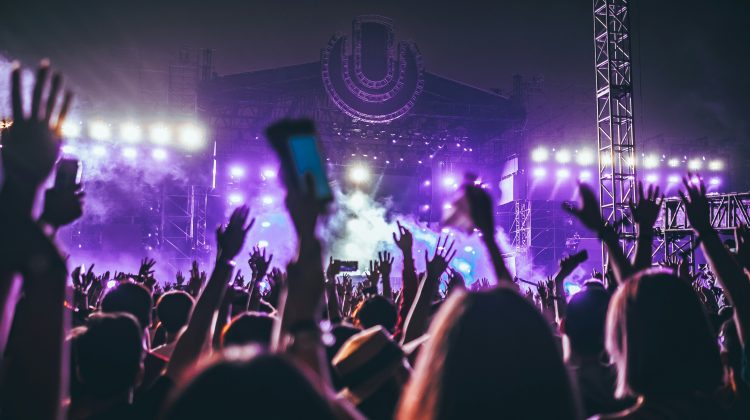
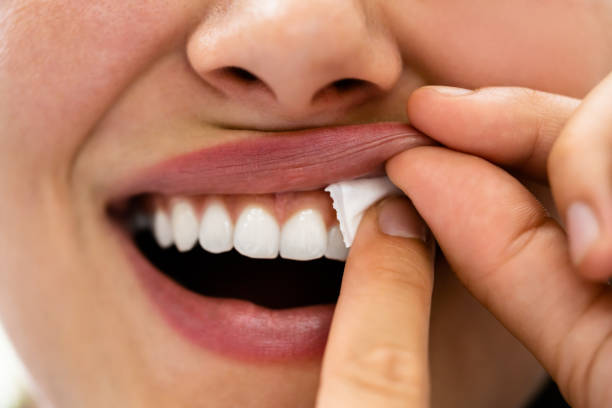
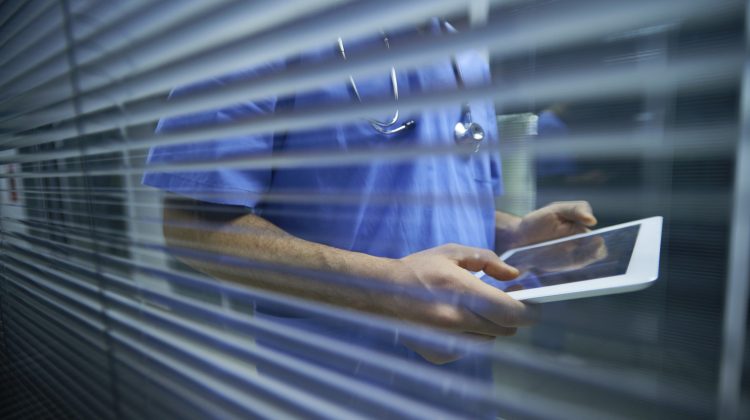
No Comment